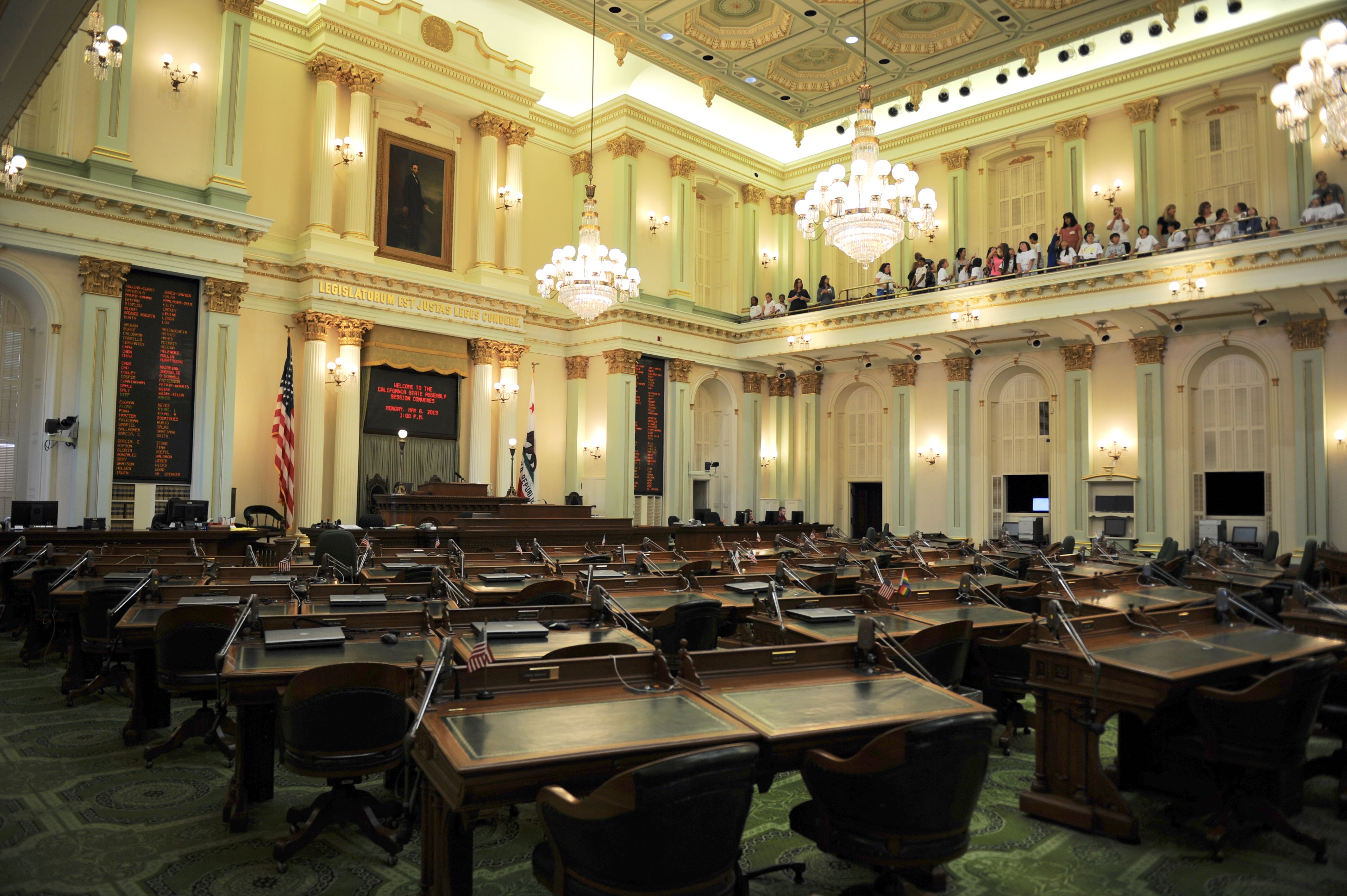
California State Capitol. (Photo: Kevin Sanders for California Globe)
California Courts and Retroactivity of Criminal Statutes
‘Language in Estrada … should not be interpreted as modifying this well established, legislatively-mandated principle’
By Chris Micheli, January 7, 2025 2:30 am
While we know that a general principle of statutory construction is to apply new laws prospectively, criminal law statutes can be unique particularly problematic when it comes to their effective or operative dates. The following is a recent state appellate court decision addressing the possible retroactivity of criminal law statutes in California.
People v. Brown, 54 Cal.4th 314 (2012)
This court’s decision in Estrada, 63 Cal.2d 740, supports an important, contextually specific qualification to the ordinary presumption that statutes operate prospectively: When the Legislature has amended a statute to reduce the punishment for a particular criminal offense, we will assume, absent evidence to the contrary, that the Legislature intended the amended statute to apply to all defendants whose judgments are not yet final on the statute’s operative date. (Id., at pp. 742–748)
We based this conclusion on the premise that “[a] legislative mitigation of the penalty for a particular crime represents a legislative judgment that the lesser penalty or the different treatment is sufficient to meet the legitimate ends of the criminal law.” (Id., at p. 745, italics added.) “‘Nothing is to be gained,’” we reasoned, “‘by imposing the more severe penalty after such a pronouncement … other than to satisfy a desire for vengeance’” (ibid.)—a motive we were unwilling to attribute to the Legislature. On this basis we concluded the inference was “inevitable … that the Legislature must have intended that the new statute imposing the new lighter penalty now deemed to be sufficient should apply to every case to which it constitutionally could apply.” (Ibid.)
Defendant contends the special rule of Estrada, 63 Cal.2d 740, requires us to apply former section 4019 retroactively, even though the statute offers incentives for future good behavior in prison rather than “‘mitigat[ing] the penalty for a particular crime’ ” (Estrada, at p. 745).
We conclude defendant is incorrect: Estrada does not apply. Before examining defendant’s contention in detail, however, we note the limited role Estrada properly plays in our jurisprudence of prospective versus retrospective operation. As mentioned, the language of section 3 erects a strong presumption of prospective operation, codifying the principle that, “in the absence of an express retroactivity provision, a statute will not be applied retroactively unless it is very clear from extrinsic sources that the Legislature … must have intended a retroactive application.” (Evangelatos, 44 Cal.3d 1188, 1209; see Myers v. Philip Morris Companies, Inc., 28 Cal.4th 828, 841)
Accordingly, “‘a statute that is ambiguous with respect to retroactive application is construed … to be unambiguously prospective.’” (Myers v. Philip Morris Companies, Inc., at p. 841) Sharply departing from the language of section 3, the court in Estrada, 63 Cal.2d 740, wrote that the “rule of construction [codified therein] … is not a straitjacket. Where the Legislature has not set forth in so many words what it intended, the rule of construction should not be followed blindly in complete disregard of factors that may give a clue to the legislative intent. It is to be applied only after, considering all pertinent factors, it is determined that it is impossible to ascertain the legislative intent.” (Estrada, at p. 746)
One immediately sees that the quoted language from Estrada, 63 Cal.2d 740, purports (a) to justify retroactive operation on evidence of less dignity and reliability than the express legislative declaration, or clear implication from extrinsic evidence, that we now require under section 3 (see Evangelatos, 44 Cal.3d 1188, 1208, 1209), and (b) to reduce section 3’s strong presumption of prospectivity to a tie-breaking principle of last resort. Applied broadly and literally, Estrada’s remarks about section 3 would thus endanger the default rule of prospective operation.
Recognizing this in Evangelatos, we declined to follow Estrada’s remarks about section 3 and held that “language in Estrada … should not be interpreted as modifying this well established, legislatively-mandated principle” (Evangelatos at p. 1209). (Evangelatos, at p. 1209; see generally ibid., at pp. 1207–1209 & fn. 11)
Accordingly, Estrada is today properly understood, not as weakening or modifying the default rule of prospective operation codified in section 3, but rather as informing the rule’s application in a specific context by articulating the reasonable presumption that a legislative act mitigating the punishment for a particular criminal offense is intended to apply to all nonfinal judgments. (Cf. People v. Nasalga (1996) 12 Cal.4th 784, 792, fn. 7 [declining request to reconsider Estrada)
So, while California courts apply the general rule of prospective application even in dealing with new criminal statutes, they could still apply to existing criminal cases that have not resulted yet in a final judgment.
- Pleadings in Eminent Domain Cases - December 20, 2025
- Complaint Resolution in Child Support - December 20, 2025
- Tribal Court Civil Money Judgment Act - December 19, 2025




